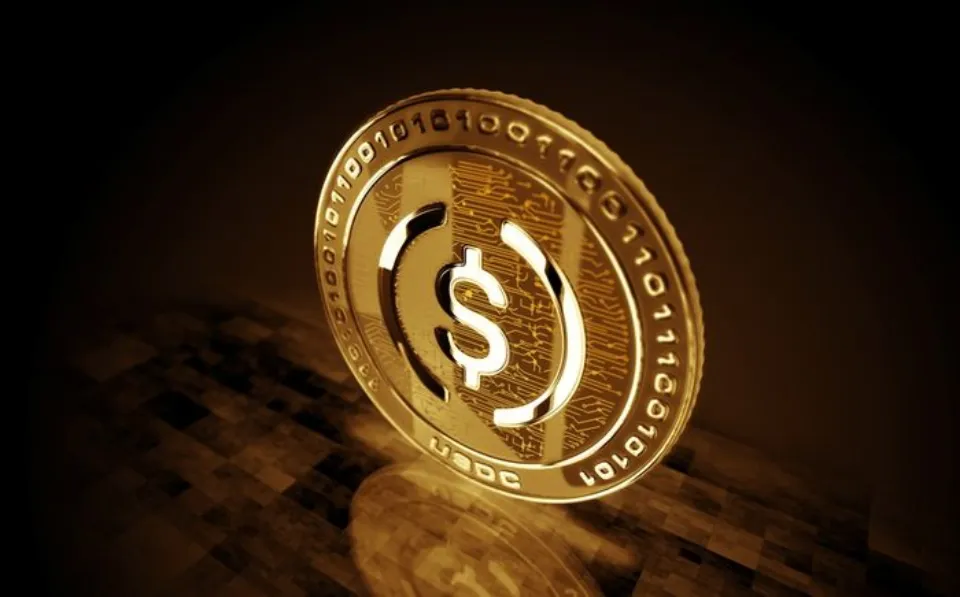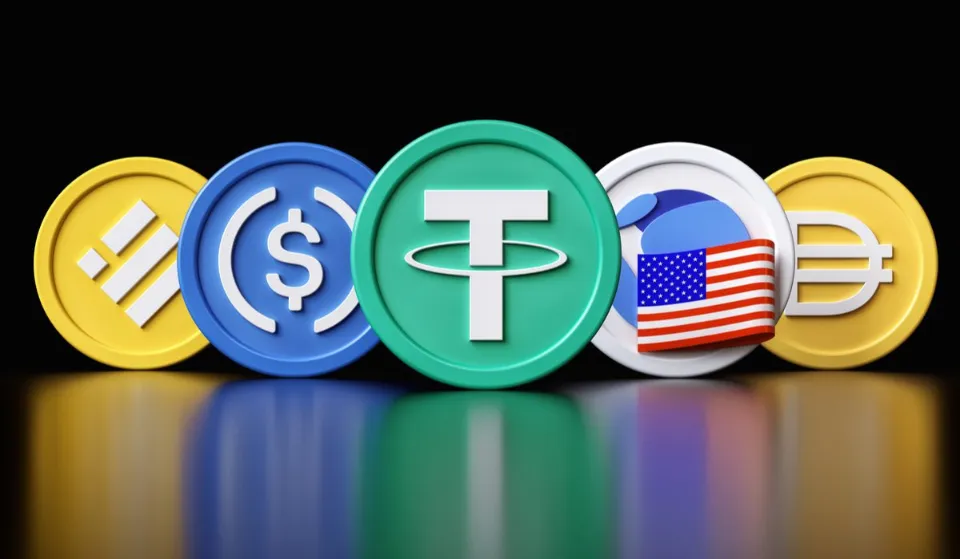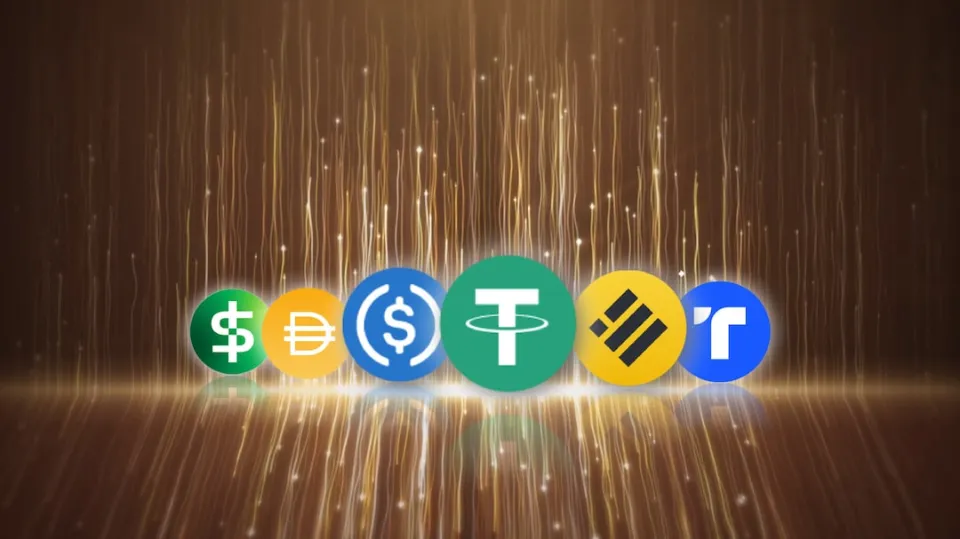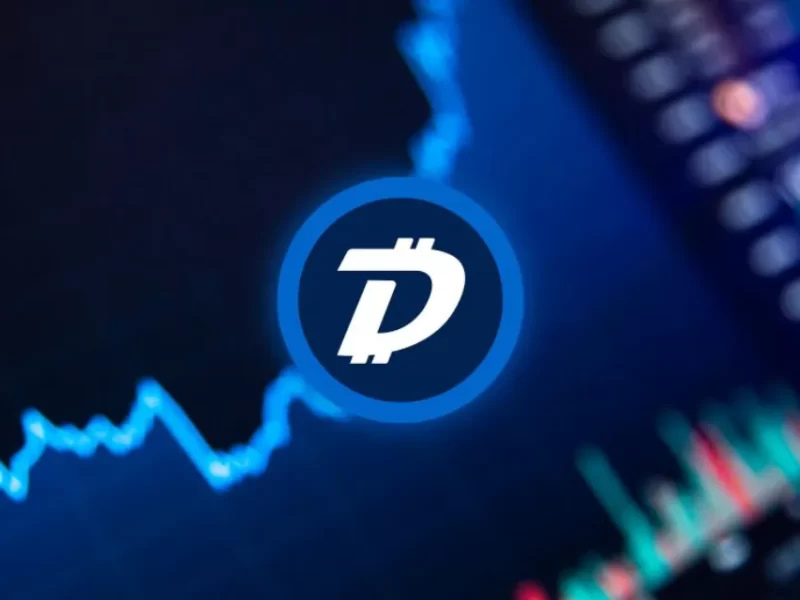Stablecoins are digital currencies that make an effort to tie their market value to an outside standard. As a medium of exchange, stablecoins are more advantageous than more volatile cryptocurrencies.
If you’re considering using cryptocurrency for purposes other than trading or investing (like lending, borrowing, or financing), stablecoins are likely to come up.
But keep in mind that not every stablecoin is the same. Depending on which one you choose, they hold their values steady using various techniques and pose various kinds of risks. Additionally, stablecoins are under constant regulatory review.
Here are some details about how stablecoins operate.
What Are Stablecoins?

An alternative to Bitcoin (altcoin) called a stablecoin is designed to provide greater stability than other cryptocurrencies. Others use algorithms or other techniques to prevent their values from varying too much, while some are actually backed by a reserve of the asset they represent.
Stablecoins Vs. Other Cryptocurrencies
All cryptocurrencies are built on the same blockchain technology, which makes it possible to own digital assets securely. In order to prevent fraud and counterfeiting, cryptocurrencies are traded on decentralized networks that employ cryptography.
The value of the majority of cryptocurrencies is largely determined by what the market will bear, and many people purchase them in the hope that their value will rise. However, stablecoins are created with little value fluctuation in mind. You’re less likely to look at cryptocurrency prices the following week and realize that you missed out on a significant gain (or loss) if you spend a stablecoin whose value is tied to the price of a dollar.
Crypto Lingo
It takes some effort to understand cryptocurrency. The definitions of a few popular crypto terms are listed below.
- Blockchain: An open-source piece of code called blockchain powers all cryptocurrencies. Blockchains are shared public ledgers where groups of transactions make up a “block” that is “chained” to the previous block by code, creating a permanent record of each transaction. As a result, it is challenging for someone to hack or modify the ledger.
- Digital wallet: This is similar to a traditional wallet in operation, but it stores your cryptocurrency proof rather than paper money. The shapes of these wallets can vary. Wallets can be created using hardware, software on an app or website, or services provided by crypto exchanges.
- Decentralized: A peer-to-peer network that is not under the control of a single organization, like a bank or brokerage, is referred to as a decentralized financial system. Traditional financial institutions, according to crypto enthusiasts, are a barrier to a more democratic system because they can block transactions or deny loans, prevent people from opening bank accounts or sending money, and only operate during specific hours in specific time zones. Several of those problems are avoided by decentralized finance.
How Do Stablecoins Work?
Fiat currency (traditional currencies like the U.S. dollar) is one of the many backings for stablecoins. dollars in your bank account), other cryptocurrencies, precious metals and algorithmic functions. However, a cryptocurrency’s backing source can influence how risky it is. For example, a fiat-backed stablecoin may be more stable because it is connected to a centralized financial system with a central authority (like a bank) that can intervene and regulate prices when valuations are erratic. Because there is no central authority overseeing the asset that the stablecoin is anchored to, stablecoins that aren’t connected to centralized financial systems, like a bitcoin-backed stablecoin, may change significantly and quickly.
Fiat-backed stablecoins are described as an IOU: You purchase stablecoins with dollars (or another form of fiat currency) that you can later exchange back for your original currency. The value of fiat-backed stablecoins is intended to fluctuate very little, in contrast to other cryptocurrencies whose value can fluctuate greatly. Stablecoins are still a relatively new asset class with a patchy track record and unknown risks, so caution should be exercised when investing in them. One USD coin, available from cryptocurrency exchange Coinbase, can be exchanged for one U.S. dollar at a 1:1 ratio. dollar.

Crypto-backed stablecoins are backed by other crypto assets. Stablecoins backed by crypto are overcollateralized to protect their value because the underlying asset may be unstable. A stablecoin with a $1 value, for instance, might be backed by an underlying cryptocurrency asset with a $2 value. In this case, the stablecoin has a built-in safety net and can continue to trade at $1 if the underlying cryptocurrency drops in value. These assets are less reliable than stablecoins backed by fiat, so it is advisable to monitor the performance of the underlying crypto asset that underpins your stablecoin. Dai is one cryptocurrency-backed stablecoin that is linked to the dollar. dollar and runs on the Ethereum blockchain.
Precious metal-backed stablecoins use gold and other precious metals to help maintain their value. Although some members of the cryptocurrency community may view the centralization of these stablecoins as a drawback, it actually shields them from the volatility of the market. In volatile markets, gold is a desirable addition to portfolios because it has long been thought of as a hedge against inflation and stock market volatility. With the help of the stablecoin Digix, investors can invest in gold without having to worry about storing and transporting it.
Algorithmic stablecoins aren’t backed by any asset — perhaps making them the stablecoin that is hardest to understand. In order to prevent the coin’s value from varying too much, these stablecoins use a computer algorithm. An algorithmic stablecoin’s price may be pegged to $1 USD, but if its value increases, the algorithm will automatically increase the supply of tokens to lower the price. The supply would be reduced if it fell below $1 in order to raise the price. The number of tokens you own will change, but they will still represent your share. AMPL is one algorithmic stablecoin that, according to its developers, is better suited to handle demand shocks.
Why Do People Use Stablecoins?
The appeal of stablecoins is that while they still provide mobility and accessibility, they are designed to withstand volatility in a way that other cryptocurrencies are not. Even though it’s more secure, a cryptocurrency is still decentralized, which means it’s not subject to the restrictions imposed by a centralized authority. That offers a gateway into the world of DeFi, with opportunities such as quicker money transfers, access to financial services without the need for applications, maintaining the privacy of financial data, and avoiding service fees. With the support of a conventional currency, centralized stablecoins offer a digital option.
Stablecoins may not be the best investment, as they are designed from the ground up to maintain their prices rather than increase in value. For instance, over the course of its existence, the US coin has barely deviated from its $1 value. Bitcoin’s price fluctuated around $4,000 at the beginning of 2019, but by 2021 it was occasionally over $60,000. Instead of being used as a risky investment, stablecoins might be better utilized as a form of digital cash.
Some stablecoin varieties can also be employed for crypto staking, a practice in which cryptocurrency owners can gain rewards by essentially lending out their holdings to facilitate other transactions. However, staking entails risks, so be sure to research the specifics of the coin you plan to use.
Are There Any Other Risks of Stablecoins?
Stablecoins may be less volatile than other types of cryptocurrency, but they still rely on more recent technology, which may have bugs or vulnerabilities. Additionally, there’s always a chance that you could misplace the private keys that grant you access to your cryptocurrency, whether as a result of a hack or user error.
In the meantime, there has been a lot of regulatory uncertainty surrounding stablecoins. A report created by the Biden administration in November 2021 called for increased government regulation of stablecoins. While such modifications might lead to more consumer protections, they might also have different effects on various stablecoins or lead to limitations that affect coin holders.
If you’re curious about cryptocurrency, think about using some “fun money” — those dollars left over after you’ve built your savings and paid for essential expenses. Individual stocks can also serve this purpose if you’re looking to diversify your portfolio with some riskier investments.

Where Can I Buy Stablecoins?
You must have an account with a cryptocurrency exchange or a digital wallet where you can purchase cryptocurrency directly in order to purchase stablecoins. Make sure to check whether the options you want are accessible where you live because some services might not be offered everywhere. Stablecoins may be available on exchanges like Coinbase, but they may only be listed in their fiat-backed forms. You could exchange any existing tokens for the majority of stablecoins using a decentralized exchange for more options.
Bottom Line
Stablecoins are a promising, comparatively low-risk, and legal way to expose oneself to the cryptocurrency market despite the recent market downturn. But as with all investments, it’s more crucial than ever to conduct your own research before choosing which coins to buy and where to store them. For security reasons, it is best to stick with fiat-backed stablecoins listed on significant exchanges, as they offer the most transparency into their reserves and carry the lowest counterparty risk.
FAQs
How Does Stablecoin Make Money?
One of the most prominent ways stablecoin companies make money is through short-term lending and investing. These businesses take a portion of the reserve assets and lend them to others in order to earn interest, figuring that a sizable number of stablecoin holders wouldn’t all suddenly decide to redeem their collateral at once is unlikely.
How Do Stablecoins Work Technically?
In essence, they act as a store of value for these transactions as well as a means of payment. As the name suggests, stablecoins attempt to provide a stable value relative to other crypto assets by pegging their value to a real-world asset, known as the reference asset, such as the US dollar.
How Do Stablecoins Go Up in Value?
The asset that a stablecoin is pegged to provides its stability. The stablecoin rises in value along with the asset’s value. For example, if a stablecoin is pegged to gold and gold prices go up, the stablecoin will also increase in value.
What Are the Disadvantages of Stablecoins?
To guarantee that all assets are accounted for. less ROI. Investors and traders often aim for higher returns and may use other strategies to increase their wealth.



